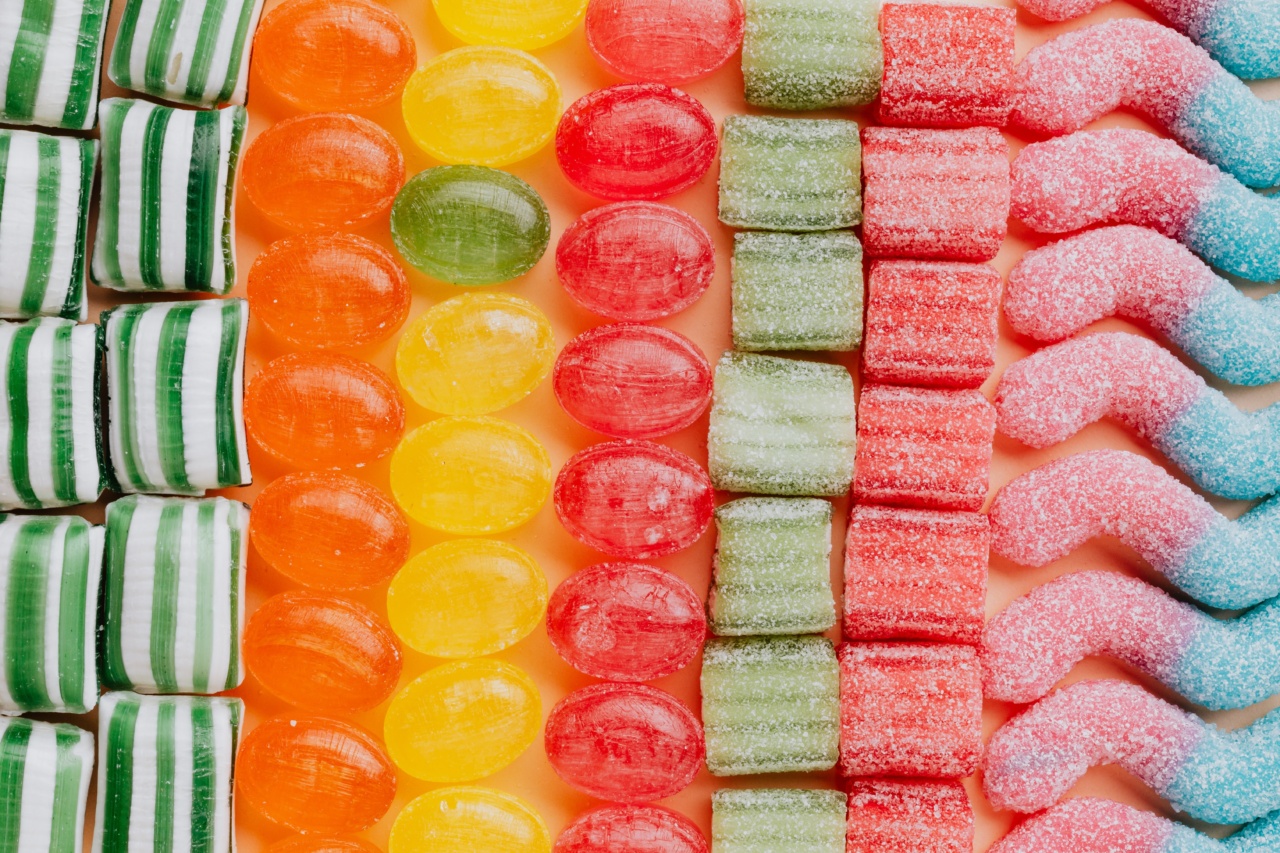Losing weight is a simple equation – consume fewer calories than your body burns, and you create a calorie deficit that leads to weight loss.
One pound of fat is equal to approximately 3,500 calories, so in order to lose 1 kg (2.2 pounds) of fat, you need to create a calorie deficit of approximately 7,700 calories.
How to create a calorie deficit?
There are two primary ways to create a calorie deficit – cut back on the number of calories you consume, and increase your physical activity so that you burn more calories.
Depending on your starting weight and lifestyle, you may be able to create a calorie deficit by making changes to your diet alone, or you may need to combine dietary changes with increased physical activity.
How many calories should I cut back to lose 1 kg?
The number of calories you need to cut back on in order to lose 1 kg depends on your starting weight and lifestyle.
Generally, in order to create a calorie deficit of 7,700 calories, you will need to cut back on your daily intake by approximately 1,100 calories per day. However, this is just a guideline, and individual calorie needs may vary based on factors like age, sex, height, weight, and activity level.
How many calories should I burn to lose 1 kg?
Just like with cutting calories, the number of calories you need to burn in order to lose 1 kg depends on your starting weight and lifestyle.
Generally, in order to create a calorie deficit of 7,700 calories, you will need to burn an additional 1,100 calories per day through exercise or increased physical activity. However, keep in mind that this is just a guideline, and individual calorie needs may vary.
What is a safe rate of weight loss?
While it can be tempting to try and lose weight as quickly as possible, it’s important to do so in a safe and sustainable manner. Generally, a safe rate of weight loss is approximately 0.5-1 kg (1-2 pounds) per week.
This equates to a daily calorie deficit of approximately 500-1,000 calories. Losing weight at a slower, steady pace has been shown to be more effective for long-term weight loss success.
Why is it important to track calorie intake?
In order to create a calorie deficit and lose weight, it’s important to know how many calories you are consuming and how many you are burning through physical activity.
Tracking your calorie intake can help you identify areas where you may be overeating, and can help you make changes to your diet to create a calorie deficit. Additionally, tracking your calorie intake can help you make healthier food choices and maintain a balanced diet.
What are some healthy ways to cut back on calories?
While it’s important to create a calorie deficit to lose weight, it’s also important to do so in a healthy and sustainable manner. Some healthy ways to cut back on calories include:.
- Eating more fruits and vegetables in place of high-calorie, high-fat foods
- Choosing lean protein sources, such as poultry, fish, and beans
- Reducing portion sizes to control calorie intake
- Limiting added sugars and saturated fats
- Drinking water instead of sugary beverages like soda and juice
- Avoiding processed and fast foods, which tend to be high in calories and low in nutrition
What are some effective forms of physical activity for weight loss?
In addition to cutting back on calories, physical activity is an important component of weight loss and overall health. Some effective forms of physical activity for weight loss include:.
- Cardiovascular exercise, such as running, cycling, or swimming, which can burn a significant number of calories in a short period of time
- Strength training, which can help build lean muscle mass and increase overall metabolic rate
- High-intensity interval training (HIIT), which can burn a significant number of calories in a short period of time and boost metabolism
- Low-impact activities, such as walking or yoga, which can still burn calories while being less stressful on joints and muscles
What else should I know about weight loss and calorie requirements?
While creating a calorie deficit is an essential aspect of weight loss, it’s important to remember that individual calorie needs may vary based on factors like age, sex, height, weight, and activity level.
Additionally, it’s important to focus on making sustainable changes to your diet and physical activity habits in order to achieve long-term weight loss success.



























